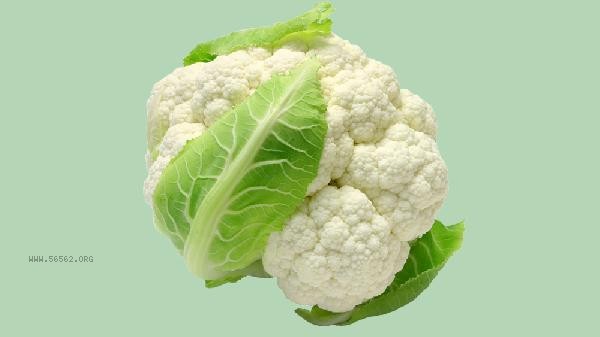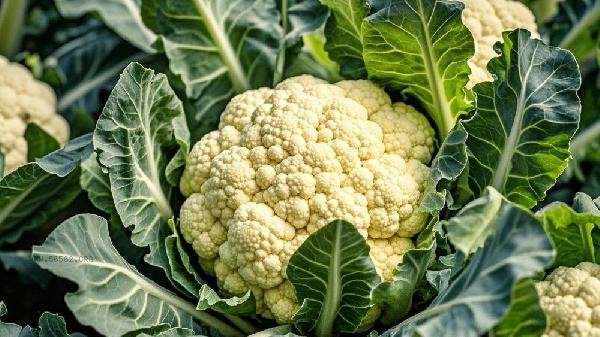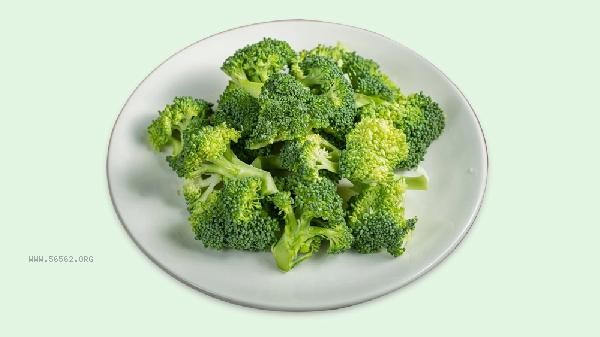Washed cauliflower can be stored, but attention should be paid to the storage method and time. The residual moisture and storage environment of cauliflower are key factors affecting its preservation, and improper handling may lead to spoilage or nutrient loss. After cleaning cauliflower, residual moisture on the surface will accelerate decay, and it is necessary to thoroughly drain or absorb the moisture with kitchen paper. Unscented whole cauliflower can be wrapped in plastic wrap and refrigerated for 3-5 days. Cut cauliflower should be placed in a sealed box and covered with absorbent paper. Freezing storage can be extended for up to one month, but after thawing, the taste will become softer and more suitable for stewing. If black spots, mucus or odor are found on the surface, it is not edible. In humid environments, cauliflower is prone to mold growth. It is recommended to clean and cook as soon as possible. It is recommended to consume it within 24 hours during high temperatures in summer, and it can be extended to 3 days in winter. Cauliflower soaked and cleaned in salt water should be washed separately to avoid salt residue. Cauliflower blanched and refrigerated should be squeezed dry and sealed separately. Vacuum packaging can maintain freshness to the greatest extent possible, but it should still be consumed as soon as possible after opening.

When storing cauliflower, avoid storing it together with fruits such as apples and bananas that release high amounts of ethylene. Daily advice is to clean as needed, and wrap unwashed cauliflower in paper with the stem facing downwards for better preservation. If long-term storage is required, it can be blanched and frozen, and used directly during cooking without thawing. Slight yellowing can still be consumed, but the nutritional content will decrease. It is recommended to prioritize consuming washed cauliflower.










Comments (0)
Leave a Comment
No comments yet
Be the first to share your thoughts!